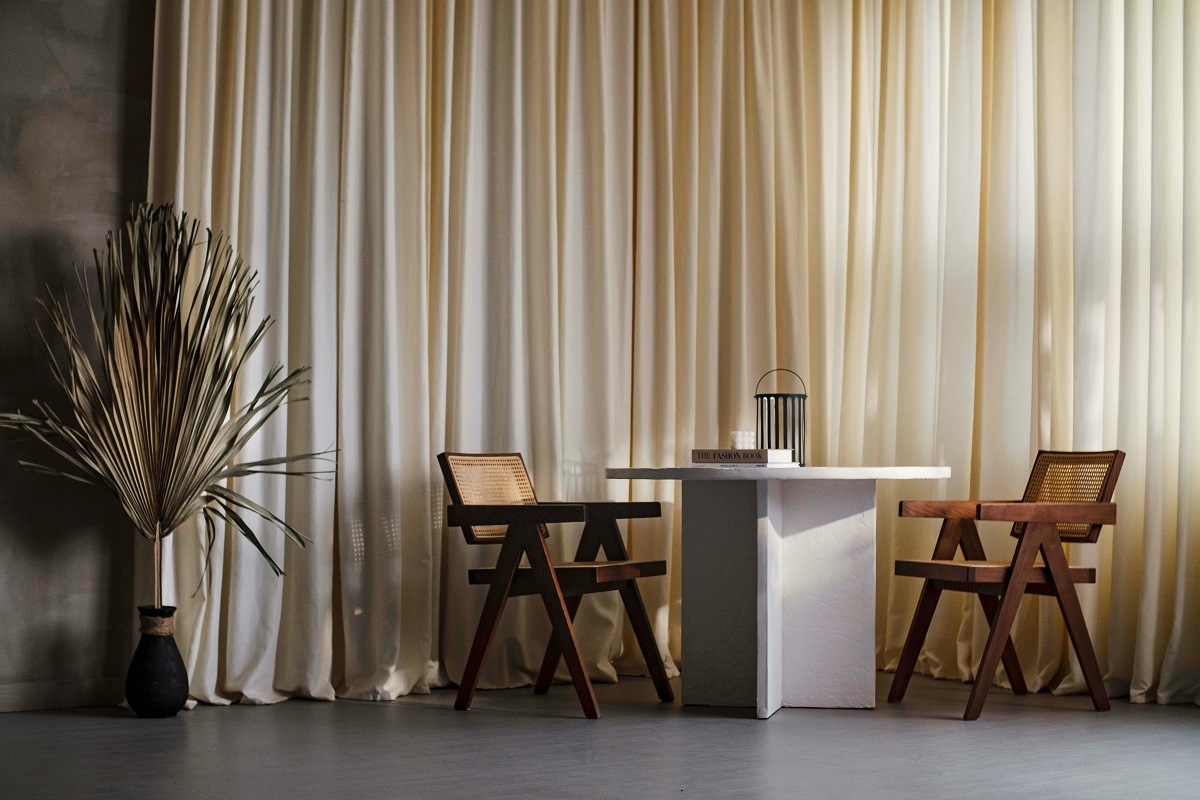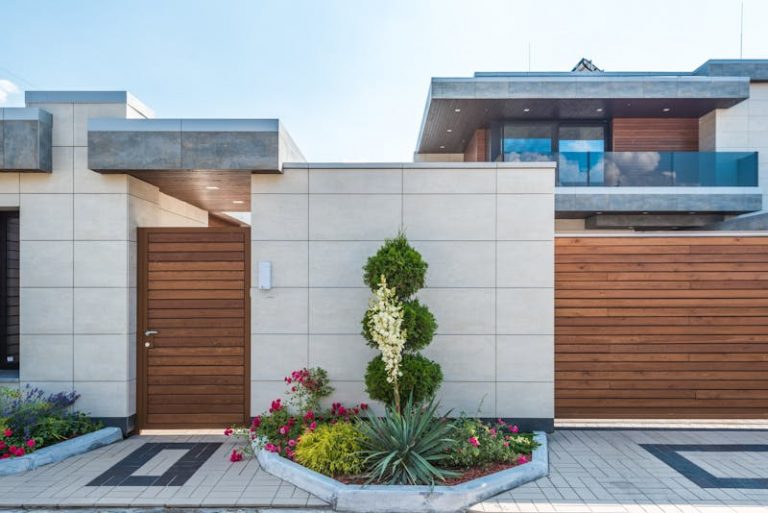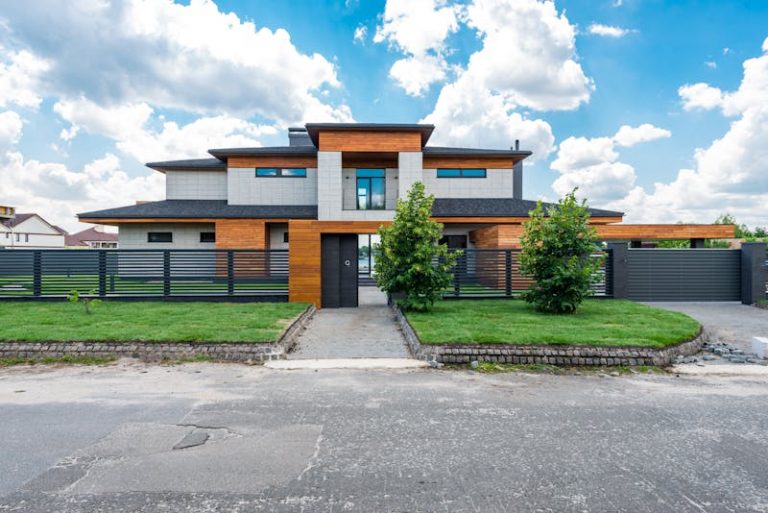

If you’re hunting for a home decor style that’s calm, cozy, and effortlessly chic, you’ve probably come across Japandi — the elegant fusion of Japanese minimalism and Scandinavian warmth. One of the best parts? The Japandi color palette. It’s all about soothing neutrals, natural hues, and subtle contrasts that make your space feel both zen and inviting.
In this post, we’ll break down how to use the Japandi color palette in every room of your home so you can get that perfect balance of simplicity and warmth. Plus, we’ll cover easy tips and common questions to make it super doable.
What Is the Japandi Color Palette, Anyway?
Before we dive into room-by-room ideas, let’s talk basics.
Japandi is a blend of two styles:
- Japanese design — think minimalism, nature-inspired tones, and quiet elegance.
- Scandinavian design — cozy textures, light woods, and a soft, muted color scheme.
So the Japandi color palette is basically:
- Warm, earthy neutrals like beige, tan, and soft browns.
- Muted greens inspired by plants and moss.
- Soft greys and charcoal for subtle contrast.
- Creamy whites and off-whites.
- Deep blues or navy as accent colors.
- Occasional touches of black for definition.
The whole idea is to keep it natural, understated, and calming.
How to Use Japandi Colors in Your Living Room: Cozy Meets Minimal
Your Japandi living room is where you want to feel relaxed but also stylish enough to impress guests. Japandi colors help create that balance by mixing warm and cool neutrals.
Try This:
- Walls: Soft beige or warm off-white to keep the room bright but cozy.
- Furniture: Light oak or ash wood pieces paired with charcoal grey or cream upholstery.
- Accents: Deep navy cushions or a muted green throw to bring in subtle pops of color.
- Decor: Woven baskets, natural fiber rugs, and black metal or matte ceramic accessories.
Pro Tip:
Mixing textures is key here — smooth wood, cozy linen, and rougher ceramics all work together to make the palette feel layered and inviting.
What Colors Work Best for a Japandi Bedroom?

The bedroom is your sanctuary, so Japandi’s calming palette fits perfectly. Think soft, neutral tones that help you unwind.
Ideal Palette:
- Walls: Warm greige or a soft, muted green.
- Bedding: Creamy whites mixed with earthy taupe or light brown linens.
- Furniture: Simple wood frames in natural finish.
- Accents: Black or charcoal bedside lamps, bamboo blinds, and woven cushions.
Bonus Tip:
Add houseplants like fiddle leaf figs or bonsai for that green touch — it connects to the Japanese love of nature and adds fresh color without overwhelming the palette.
How to Incorporate Japandi Colors in the Kitchen and Dining Room?
Japandi kitchens and dining rooms balance function and form with calming colors and natural materials.
Here’s How:
- Cabinets: Soft grey or muted sage green paired with natural wood handles.
- Countertops: Light stone or concrete textures.
- Dining Table: Warm wood, preferably with visible grain.
- Chairs: Neutral upholstery in cream or tan.
- Accessories: Black matte hardware and subtle green or blue ceramic dishes.
Why This Works:
Japandi kitchens avoid flashy colors and instead focus on timeless hues that make cooking and dining feel peaceful and connected to nature.
What About Japandi Colors in the Bathroom?
The bathroom should feel like a spa retreat. Japandi color choices keep things clean and soothing.
Color Suggestions:
- Walls: Soft white or light grey.
- Tiles: Matte stone tiles in beige or taupe.
- Vanity: Light wood with simple black hardware.
- Linens: Crisp white towels with beige or muted green bath mats.
- Decor: Bamboo or rattan baskets, and small plants.
Quick Tip:
Use natural materials like wood and stone to add warmth and texture without breaking the minimalist vibe.
Can You Use Japandi Colors in Home Offices?
Yes! Japandi colors create a serene environment that encourages focus and creativity.
How to Style:
- Walls: Cream or soft greige.
- Desk: Simple natural wood.
- Chair: Light-colored upholstery with clean lines.
- Storage: Neutral baskets or shelves in wood and black metal.
- Accents: A muted green plant or blue notebook to add color without distraction.
Why Japandi?
The minimal yet warm palette helps reduce cluttered feelings, making it easier to concentrate.
Quick Tips: How to Mix Japandi Colors Without Overdoing It

Here are some easy rules to keep your Japandi palette balanced and stylish:
- Stick to 3-4 main colors per room — neutrals should dominate, with muted accents.
- Choose natural textures to add depth (wood, linen, ceramic, bamboo).
- Use black or charcoal sparingly for contrast, not overwhelm.
- Let plants and natural light bring life to the color scheme.
- Avoid bright, flashy colors—they break the calm vibe.
What If Your Home Has Little Natural Light?
Japandi relies heavily on soft, natural hues, so if your space is a bit dark:
- Use lighter shades of beige, cream, and white on walls and large furniture.
- Add mirrors to reflect any light.
- Choose warm lighting with soft bulbs to mimic daylight.
- Incorporate reflective textures like matte ceramics or light wood grains.
This keeps the Japandi vibe cozy without feeling gloomy.
Can Japandi Colors Work with Other Styles?
Absolutely! Japandi’s neutral and natural palette pairs well with:
- Modern minimalist decor — it enhances the clean lines.
- Boho touches — add a few woven textures or artisan pottery.
- Mid-century modern — wood tones and muted colors mesh well.
- Rustic farmhouse — warm neutrals and wood textures blend beautifully.
Just keep the color palette consistent to maintain that Japandi calm.
Closing Thoughts: Why You Should Try Japandi Colors in Your Home
Japandi color palettes aren’t just pretty — they bring calm, balance, and a timeless look to your home. Whether it’s your living room, kitchen, or bedroom, these natural, muted tones make every space feel cozy yet fresh.
The best part? Japandi is super versatile. It works in big city apartments or cozy countryside cottages. If you want your home to feel like a peaceful retreat, Japandi color palettes might just be your new best friend.







